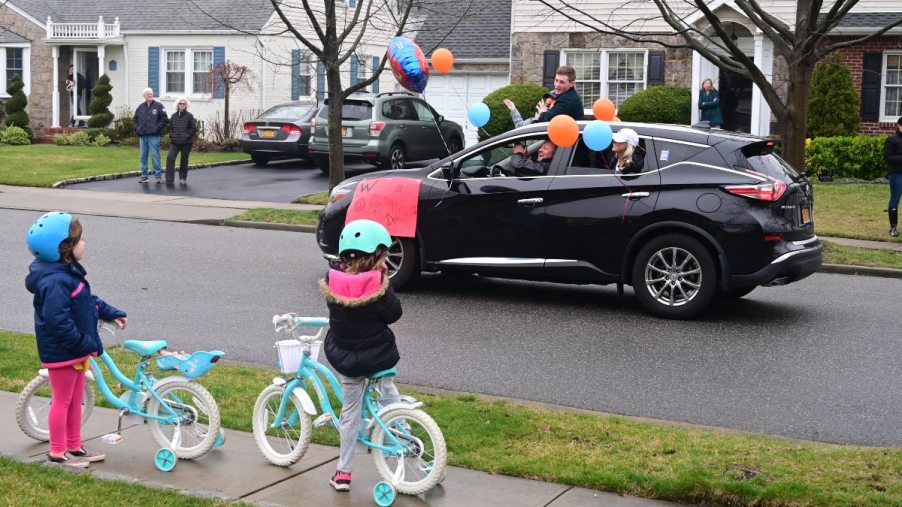
4 Ways You Can Slow Down Traffic in Your Neighborhood
Excessive speeding is dangerous in any situation, but it’s especially dangerous when driving through a residential neighborhood. The streets tend to be narrower, there are more parked cars, and a speeding vehicle could collide with pedestrians, including children. If your neighborhood has a speeding problem, you might be feeling helpless about how to address it. However, fortunately, there are some ways that you can slow down traffic in your neighborhood. Check out these four tips.
Address the speeding problem at local community and HOA meetings

If you’re concerned about the speeding problem in your neighborhood, you’re likely not alone. Other local residents probably share the same concerns, along with the desire for safe streets that are free from danger for children and other pedestrians.
Your neighborhood might be part of a Home Owner Association (HOA) that has monthly meetings. If so, then you can address the speeding problem there, as detailed by Traffic Safety Store. In all likelihood, there are also other local community venues in which you can raise your concerns.
During the meetings, you can also build support from others in your community to implement changes. This includes the enforcement of speed limits or the installation of traffic calming devices, such as speed humps and mini roundabouts.
Slow down traffic in your neighborhood with the help of local and state officials

The second way to slow down traffic in your neighborhood is to raise your concerns with local and state officials. This would be a good option if the local and HOA meetings didn’t resolve the issue. These officials have more power to address the speeding problem. Also, as elected officials that want to keep their constituents happy, they might be more motivated to resolve concerns.
You can contact your local officials directly. Alternatively, these officials likely have public meetings in your area, which you can attend. In addition to raising your concerns about the neighborhood speeding problem, you can encourage the officials to secure funding to implement traffic calming devices and other changes.
Install claiming devices to slow down traffic: Speed humps and mini roundabouts
As mentioned earlier, traffic calming devices, including speed bumps and mini roundabouts, are a great way to slow down traffic in your neighborhood. If you were able to convince the local or state government to fund any of these traffic calming devices, congratulations. You’re on your way to resolving the speeding problem.
It’s best to position these calming devices close to an area that has the most pedestrian traffic, such as an intersection with a crosswalk. Speed humps are slightly smaller but longer than speed bumps. They are effective at encouraging drivers to lower their speed to 10-15 mph in areas with many pedestrians. When passing over a speed hump, the driver of the car will get a minor jolt, alerting them to be mindful and slow down.
Another effective measure to reduce speeding in a residential area is a mini roundabout. They are “islands” positioned in the center of an intersection. Along with getting traffic to slow down, mini roundabouts help reduce crashes at intersections.
Make pedestrian crosswalks more visible: Clearly defined lines and markings, textured surfaces, and lighting
The fourth way to slow down traffic in your neighborhood is to make pedestrian crosswalks more visible. Most of the accidents involving cars and pedestrians happen around crosswalks. One of the reasons for this is many crosswalks don’t have enough visibility and visual cues to alert drivers and pedestrians.
Effective measures include clearly defined painted lines and markings, textured surfaces, and lighting. Along with slowing down traffic and making crosswalks safer for pedestrians, they also help reduce the frequency and severity of collisions. These crosswalk measures, like the traffic calming devices, are something that you can take up with the appropriate official, community organization, or government agency.
We wish you the best of luck in slowing down traffic in your neighborhood and creating a safer environment for children and other pedestrians in your community.


